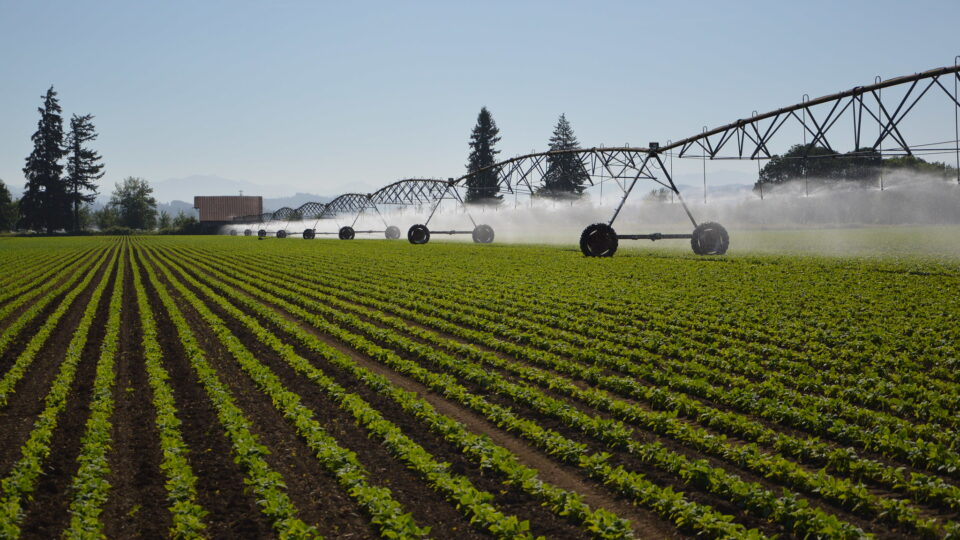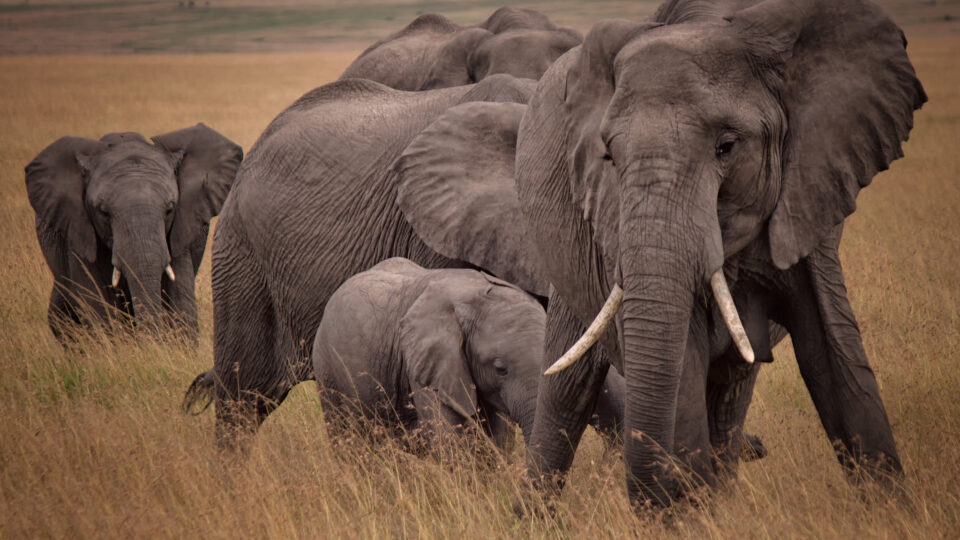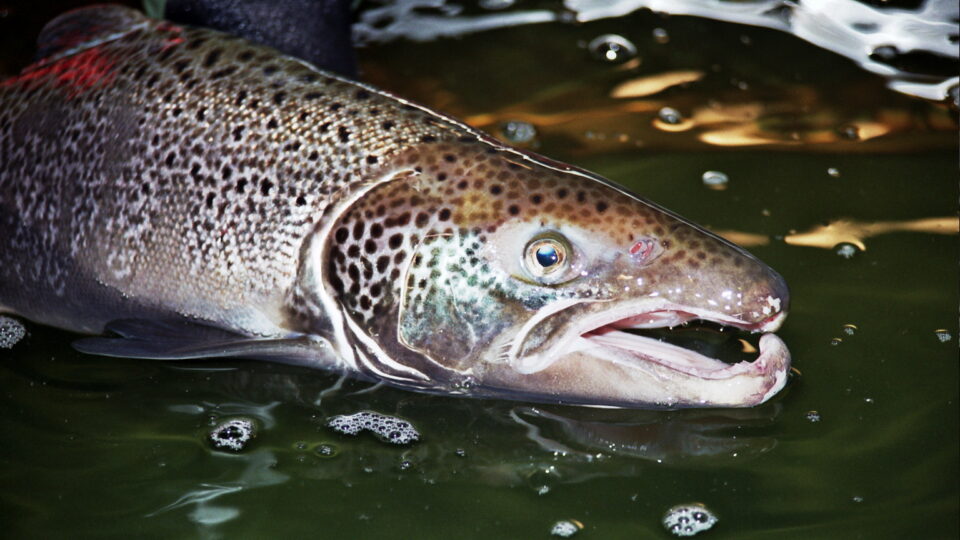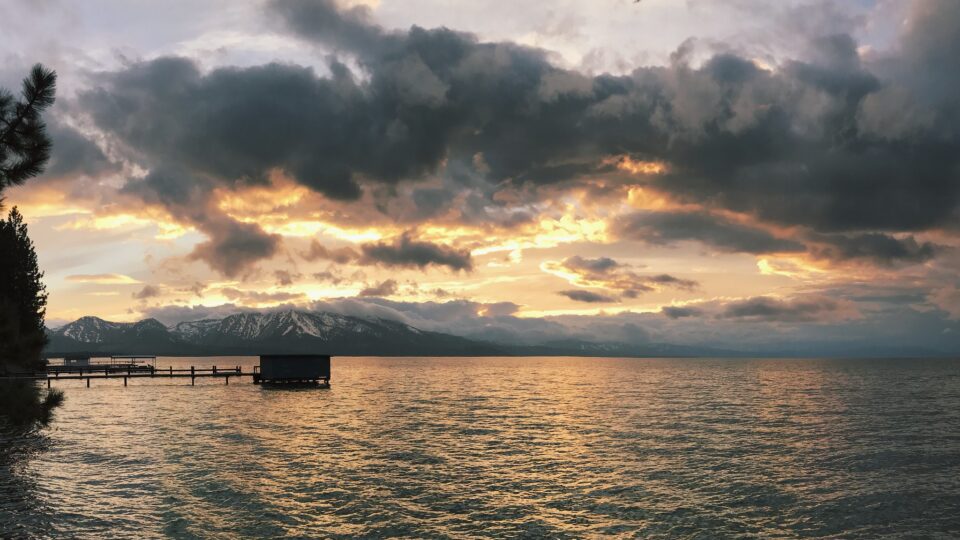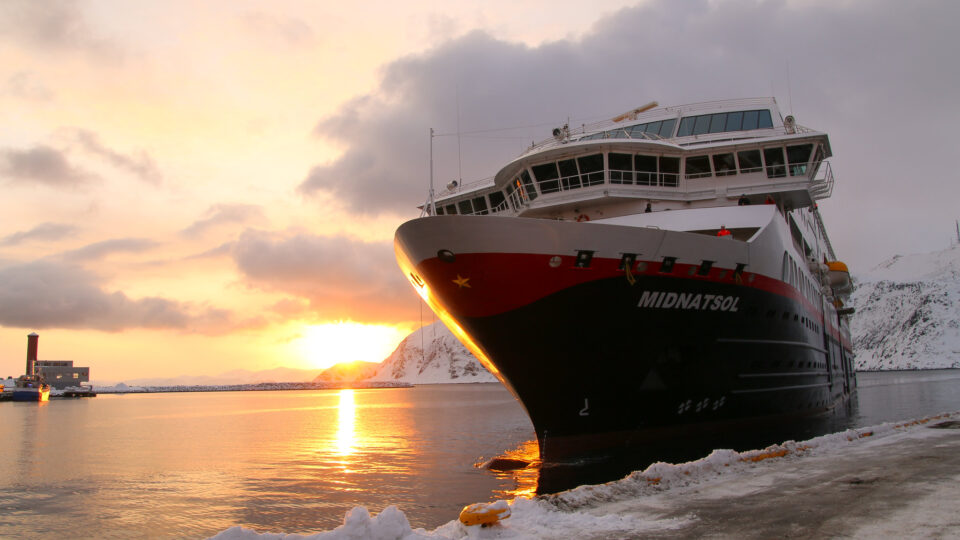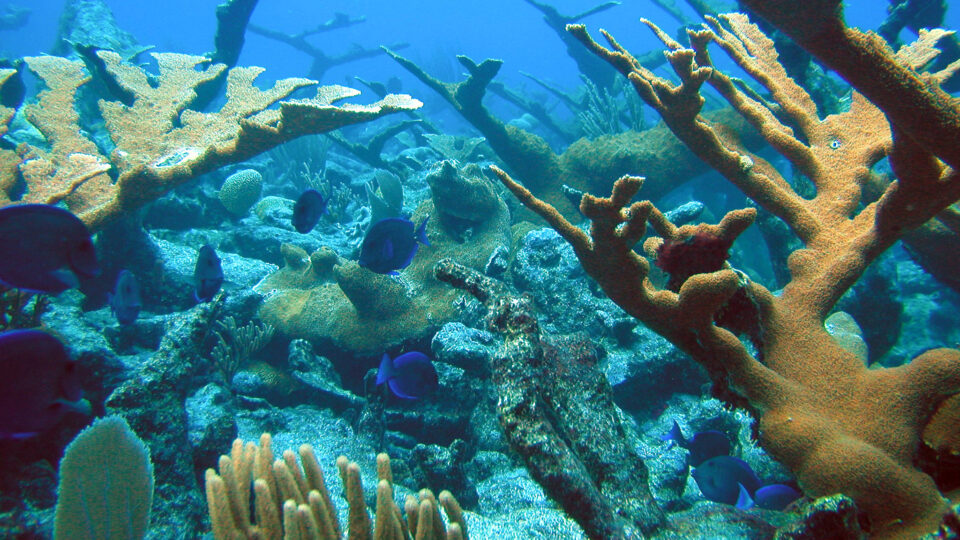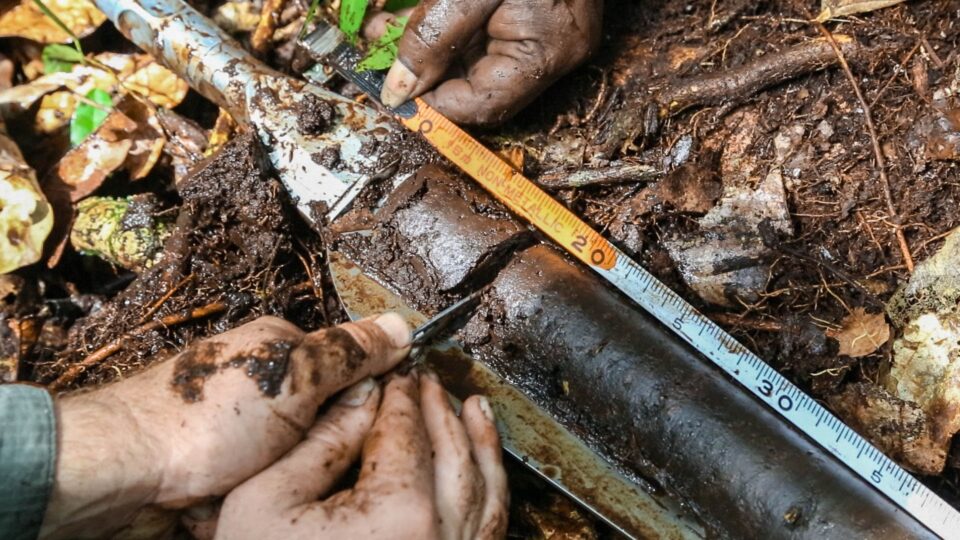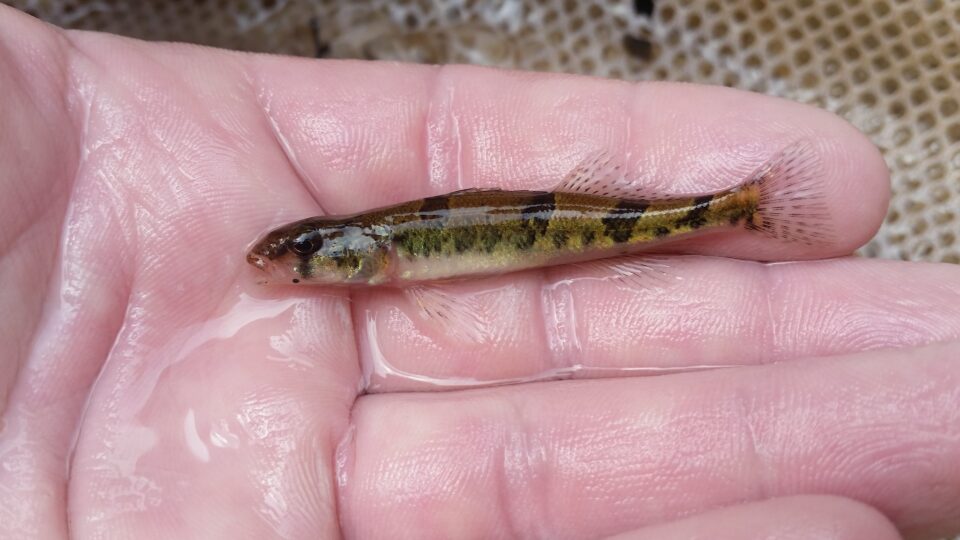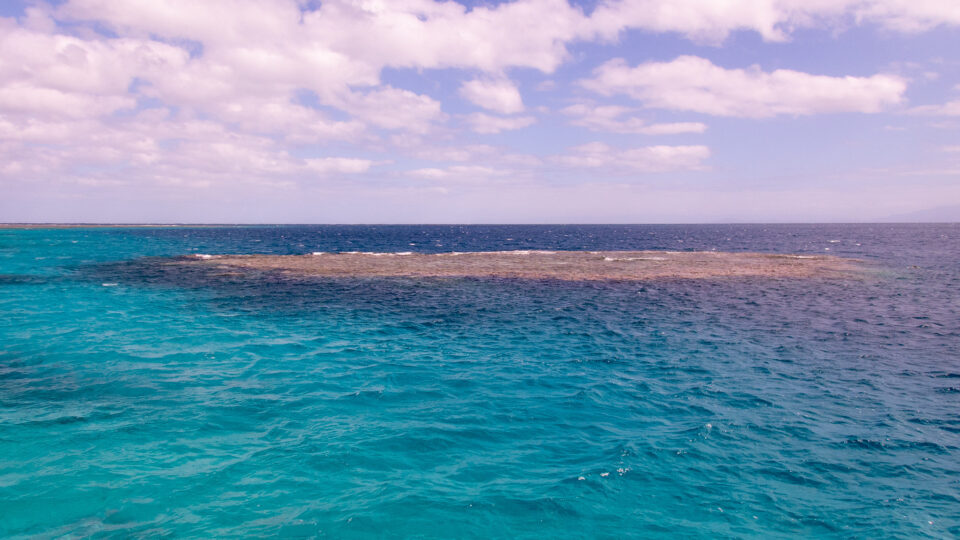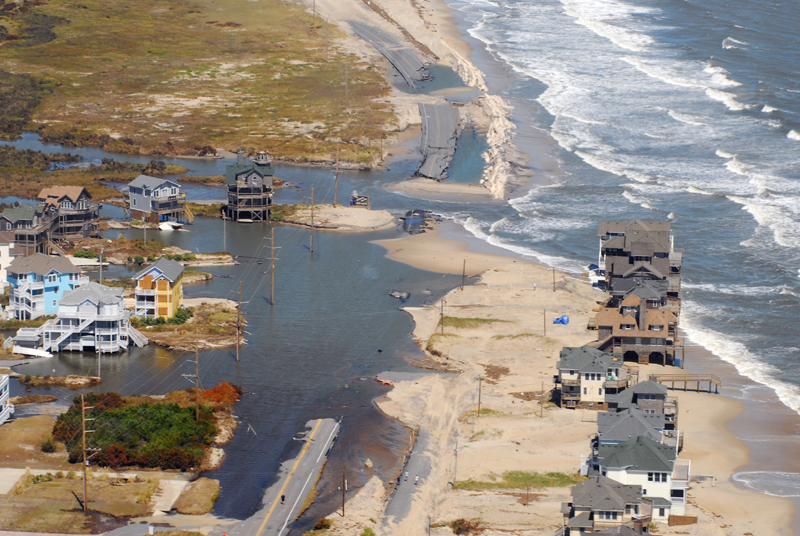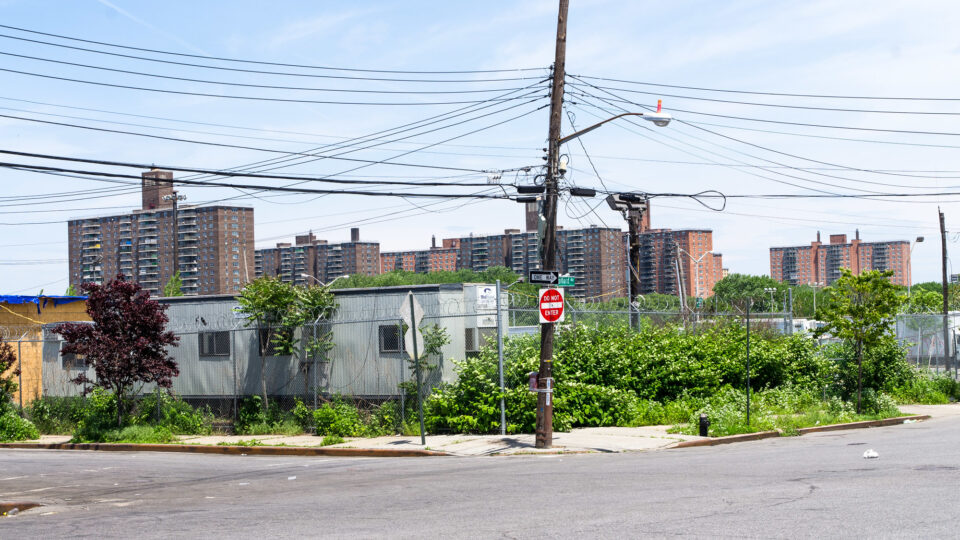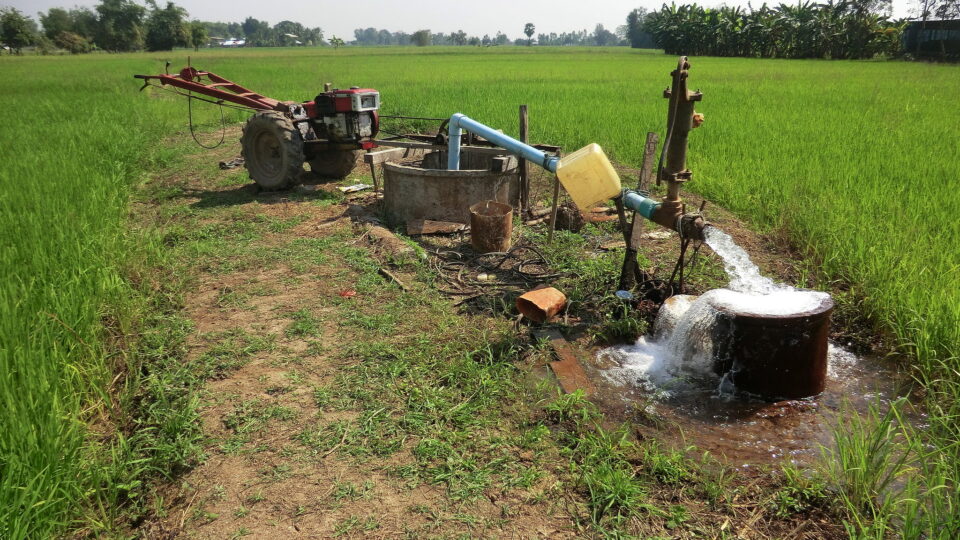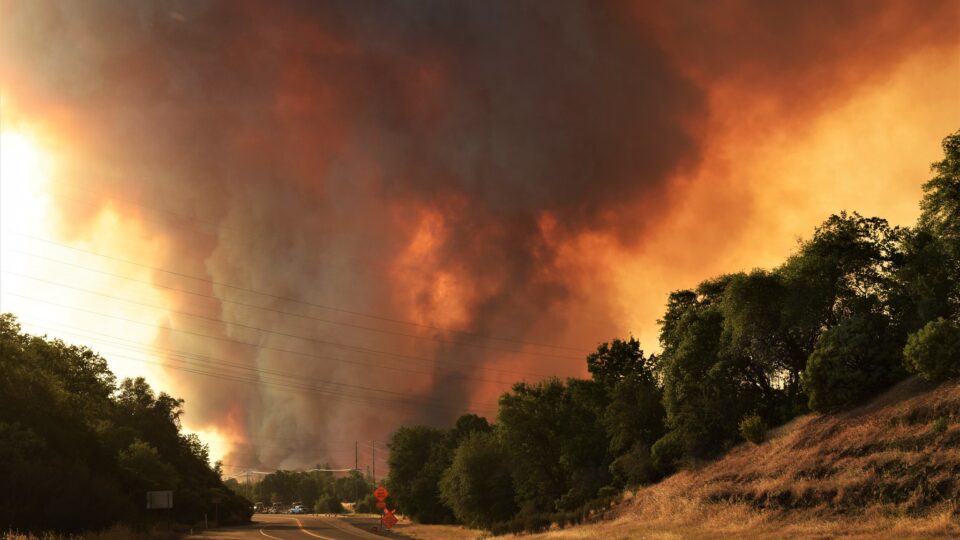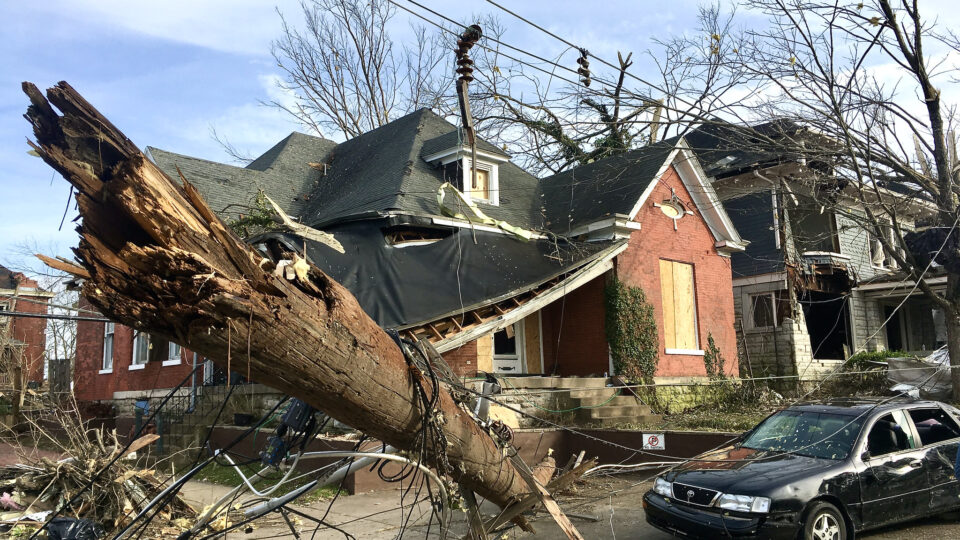Most of the world’s largest cities are located in coastal regions and coastal regions are on the front lines of the climate crisis. Human populations continue to migrate towards low-elevation coastal areas at the same time that sea level rise is accelerating. Coastal communities worldwide are increasingly vulnerable to the dangers of flooding and erosion. With these hazards occupying a great deal of attention, there has been less attention paid to the dangers of land subsidence.
A recent study by researchers at Virginia Tech and the US Geological Survey using satellite data shows that parts of America’s east coast are sinking, and the culprit is the withdrawal of too much water from the aquifers beneath these coastal areas.
A series of overlapping aquifers extends all the way from New Jersey to Florida along the coast, providing a reliable source of water for drinking, irrigation, and industrial uses. Even though these areas get regular rainfall, the deeper aquifers can take hundreds or even thousands of years to refill once water is pumped out. Once water is removed, soils can compress and collapse, causing the land surface to sink.
Cities that were built on drained marshland or on fill soil are especially vulnerable to compaction.
Seal level rise is slow, but it is insidious and continuous. Add land subsidence to the mix and effects multiply. Places like Boston, New York, Washington DC, Roanoke, Savannah, Jacksonville, and Miami, among others, all are increasingly vulnerable to these coastal hazards. The combined effects of sea level rise and subsidence may even triple the prospects for flooding areas over the next few decades.
**********
Web Links
As Aquifers Are Depleted, Areas Along The East Coast Of The US Are Sinking
Photo, posted August 7, 2015, courtesy of Tracy Robillard / NRCS Oregon via Flickr.
Earth Wise is a production of WAMC Northeast Public Radio
